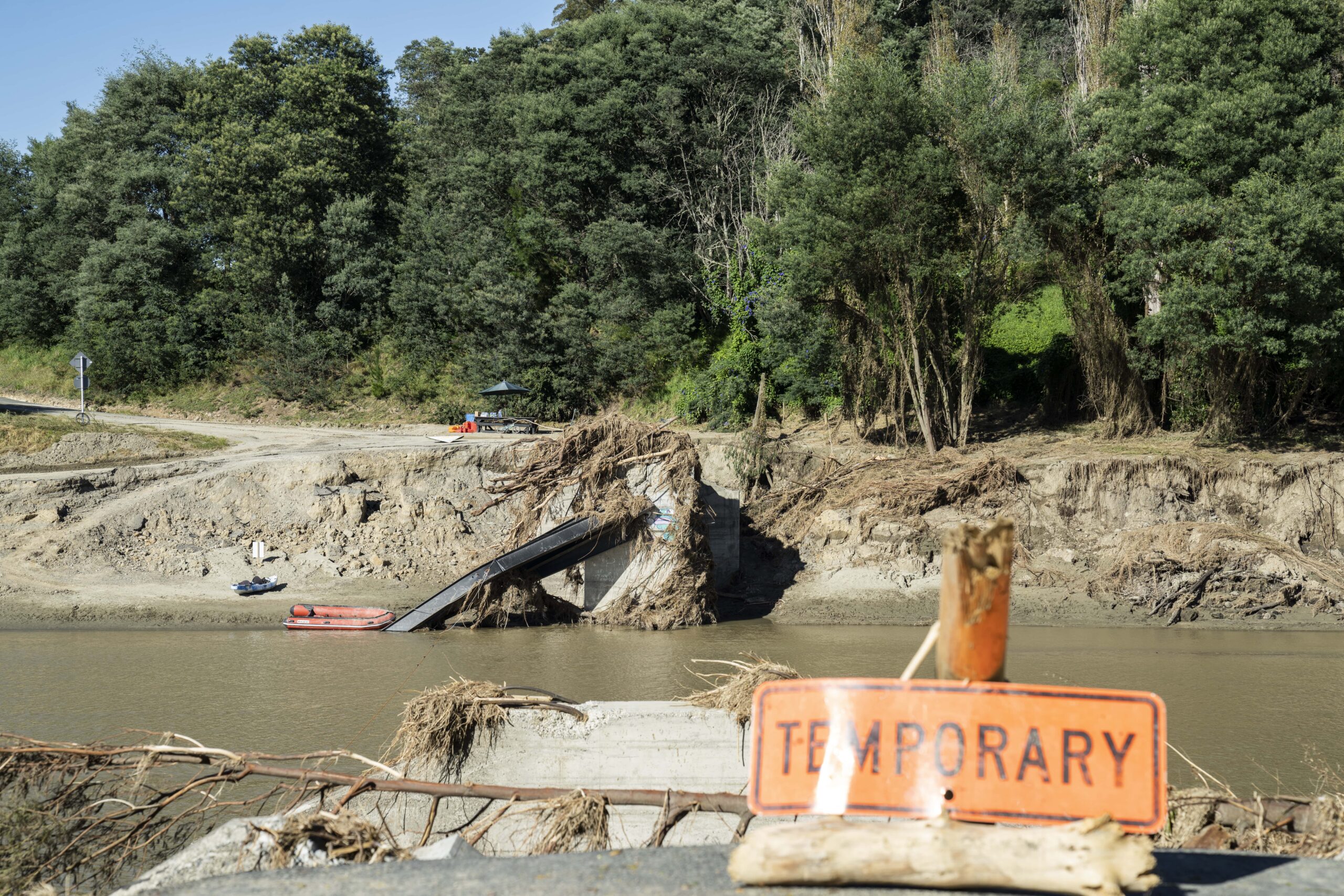It seems we can’t find what you’re looking for. Perhaps searching can help.

Latest analyses
- Climate change turns warm summer days in England into health threat
- Climate change drives record-breaking heat in Iceland and Greenland challenging cold adapted ecosystems and societies
- Mixed rainfall trends highlight the importance of climate adaptation in coastal New South Wales
- Heat Action Day Report: Climate Change and the Escalation of Global Extreme Heat
- Effective emergency management prevented larger catastrophe after climate change fueled heavy rains in Central Mississippi river valley
Event type
Location
- Africa
- Arctic
- Asia
- Australasia
- Central America
- Europe
- Global
- Mediterranean
- North America
- Northern Asia
- South America
